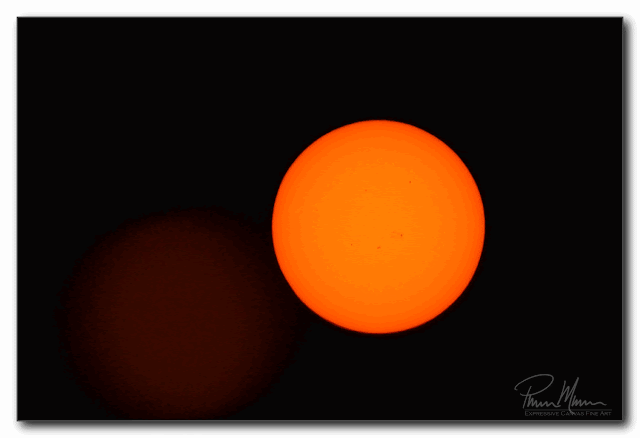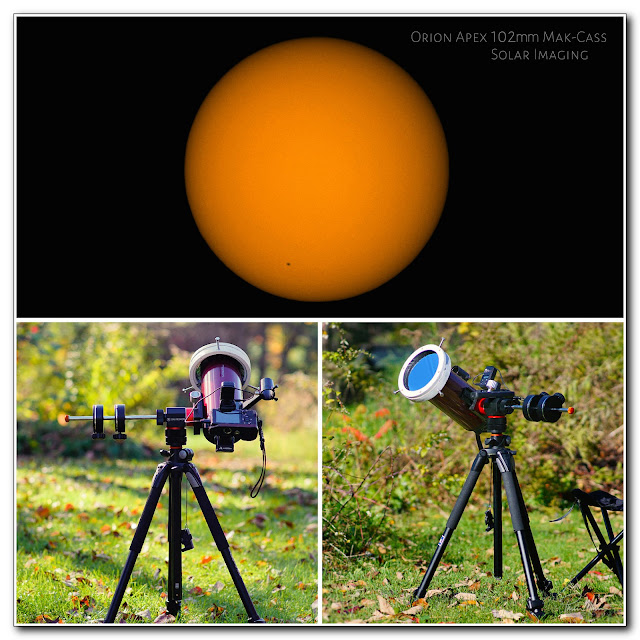Sun Peaking Through Clouds

W e have another rainy day here so I'm staying indoors today but I'm feeling better than I have in a couple of weeks. It seems to be exceedingly rare when my health is in sync with the weather and today, although my health is cooperating, the weather is not. I have a lot to do outside but between poor health lately, rain and snow, I haven't gotten outside to get anything accomplished. As I get older, I have absolutely no desire to be outdoors if I'm going to be wet or uncomfortable. Getting quite sick for a month or two last spring due to a tick bite does not make me want to run outside either! I'd much rather sit comfortably and safely indoors now. I have a new grill for our outdoor kitchen sitting out there in pieces in a big box waiting to be assembled and installed. Our old grill was completely rotted out so I have already removed that from the kitchen cabinets and mostly disassembled it so there is now a gaping hole where the grill belongs....








